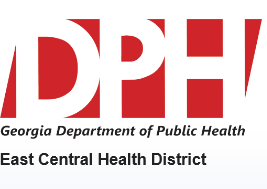The U.S. public health system and primary healthcare providers must be prepared to address various biological agents, including pathogens that are rarely seen in the United States.
Category A
High-priority agents include organisms that pose a risk to national security because they can be easily disseminated or transmitted from person to a person; result in high mortality rates and have the potential for major public health impact; might cause public panic and social disruption; and require special action for public health preparedness.
- Anthrax (Bacillus anthracis)
- Botulism (Clostridium botulinum toxin)
- Plague (Yersinia pestis)
- Smallpox (variola major)
- Tularemia (Francisella tularensis)
- Viral hemorrhagic fevers (filoviruses [e.g., Ebola, Marburg] and arenaviruses [e.g., Lassa, Machupo])
Category B
Second highest priority agents include those that are moderately easy to disseminate, result in moderate morbidity rates and low mortality rates; and require specific enhancements of CDC’s diagnostic capacity and enhanced disease surveillance.
- Brucellosis (Brucella species)
- Epsilon toxin of Clostridium perfringens
- Food safety threats (e.g., Salmonella species, Escherichia coli O157:H7, Shigella)
- Glanders (Burkholderia mallei)
- Melioidosis (Burkholderia pseudomallei)
- Psittacosis (Chlamydia psittaci)
- Q fever (Coxiella burnetii)
- Ricin toxin from Ricinus communis (castor beans)
- Staphylococcal enterotoxin B
- Typhus fever (Rickettsia prowazekii)
- Viral encephalitis (alphaviruses [e.g., Venezuelan equine encephalitis, eastern equine encephalitis, western equine encephalitis])
- Water safety threats (e.g., Vibrio cholerae, Cryptosporidium parvum)
Category C
Third highest priority agents include emerging pathogens that could be engineered for mass dissemination in the future because of availability; ease of production and dissemination; and potential for high morbidity and mortality rates and major health impact. These pathogens include emerging infectious diseases such as Nipah virus and hantavirus.






